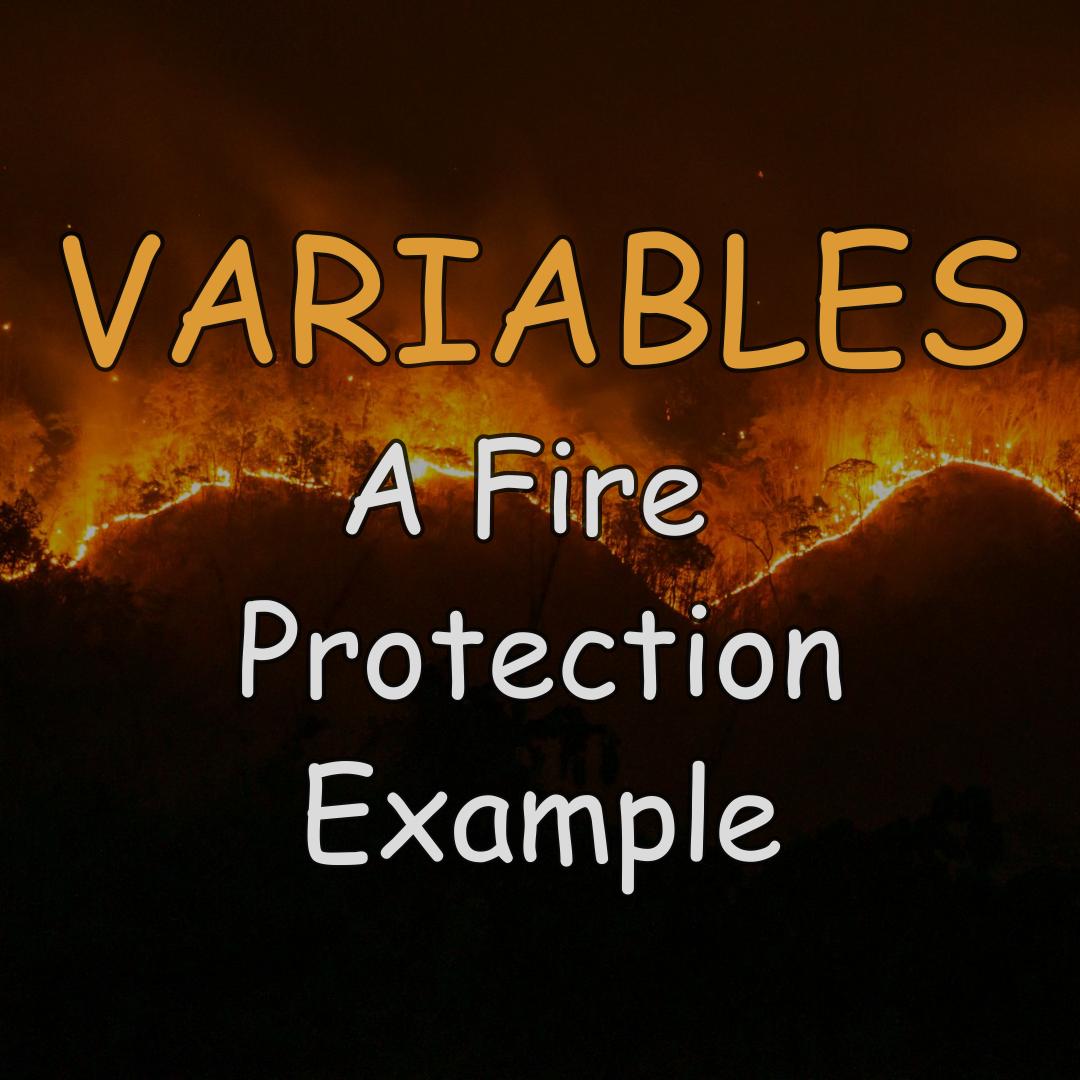Measuring Fire Spread Speed: The Role of Dependent and Independent Variables
Introduction
To study and analyze wildfires effectively, it’s important to understand how fire behaves, especially how it spreads. This knowledge helps experts predict and respond to fires more effectively. Looking into the factors that affect how fast fire spreads is key to improving this understanding.
Dependent and Independent Variables of Fire Spread Speed
Fire spread speed is influenced by several factors, such as the nature of the burning material (e.g., dry hay or deciduous forest) and the strength of the wind. These factors, aptly termed variables, can vary independently, as the condition of the deciduous forest does not depend on wind strength. Consequently, these variables are labeled as independent. However, the fire spread speed is dependent on what is burning and the wind strength, hence it’s termed a dependent variable.
Now, let’s take a closer look.
Example:
Moving on to a practical example, fire protection specialists use the following formula for theoretical calculations of fire spread speed:
\[ \small V_{\text{fire}} = V_{\text{initial}} \times k_{\text{fuel}} \times k_{\text{wind}} \times k_{\text{slope}} \]
To calculate the fire spread speed, we multiply four independent variables:
- Initial fire spread speed (\(V_{\text{initial}}\))
- Factor of fuel type (\(k_{\text{fuel}}\))
- Factor of wind force (\(k_{\text{wind}}\))
- Factor of terrain slope (\(k_{\text{slope}}\))
Below, you can find tables detailing these factors.

For instance, if a wildfire occurs in a meadow with an initial spread speed of 0.3 m/s, a wind speed of 5 m/s, and a hill slope of 5 degrees, the formula predicts a fire spread speed of approximately 1.05 m/s:
\(\tiny V_{\text{fire}} = 0.3 \times 1 \times 2.91 \times 1.2 \approx 1.05 \, \text{m/s}\)
Why This Calculation is Important?
In the event of a wildfire, knowing where it started is crucial, but equally important is the ability to predict its path by the time fire engines arrive. Accurate predictions enhance firefighting efficiency by ensuring resources are deployed to the right locations.
Conclusion:
In summary, this example shows how the speed of fire spreading depends on different factors like fuel type and wind strength. It’s a great example of using what we know about independent and dependent variables to model real-world situations, like wildfires. This idea applies to all the math topics we learn in school, where math concepts and operations are important for modeling and predicting real-life events.
References:
This article draws information from the following sources:
- Rothermel, R. C. (1972). A mathematical model for predicting fire spread in wildland fuels (Vol. 115). Intermountain Forest & Range Experiment Station, Forest Service, US Department of Agriculture.
- Tian, G., Ren, Y., & Zhou, M. (2016). Dual-objective scheduling of rescue vehicles to distinguish forest fires via differential evolution and particle swarm optimization combined algorithm. IEEE Transactions on Intelligent Transportation Systems, 17(11), 3009-3021.
- For general information about the importance of math for firefighters, refer to the online course by The National Wildfire Coordinating Group: Firefighter Math.
- Witness the rapid spread of wildfires in this video created by Texas Parks and Wildlife:
Video Version
Discover more in our video adaptation of this article. The video explores additional examples of independent variables influencing fire spread speed, provides extra calculations presented in an animated, easy-to-follow format, and discusses the essential school knowledge needed for effective fire protection specialists. Enjoy a preview below or subscribe to access our complete video collection.
Further Reading
Curious to learn more about the types of dependent and independent variables in real-life situations? If you’re already acquainted with linear functions, explore how these variables come into play when controlling stage lighting for a performance:
